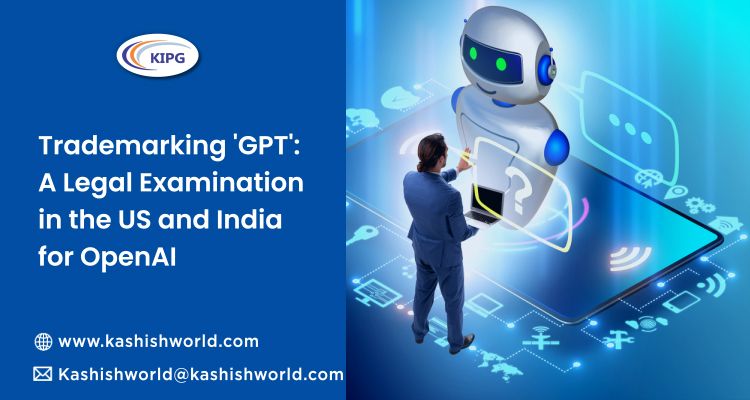
OpenAI, the organization behind cutting-edge artificial intelligence technologies, has popularized the term ‘GPT’ (Generative Pre-trained Transformer) through its series of language models, notably GPT-3. As OpenAI’s influence grows, questions arise about the organization’s ability to secure the ‘GPT’ trademark under trademark laws in different jurisdictions. This article conducts a comparative analysis under both US and Indian trademark laws to explore the potential challenges and opportunities for OpenAI in protecting the ‘GPT’ mark.
US Trademark Law:
- Distinctiveness:
Under US trademark law, one of the key considerations for trademark registration is the distinctiveness of the mark. Trademarks that are arbitrary, fanciful, or suggestive are generally considered more distinctive and easier to register. OpenAI’s ‘GPT’ mark, being an acronym for a specific technology, may face challenges related to distinctiveness.
- Secondary Meaning:
If a mark lacks inherent distinctiveness, acquiring secondary meaning can strengthen the case for trademark registration. Secondary meaning establishes that consumers associate the mark specifically with the goods or services of the applicant. OpenAI might need to demonstrate that the ‘GPT’ mark has acquired secondary meaning in the minds of consumers.
- Genericness:
Trademark law prohibits the registration of generic terms. OpenAI may need to navigate potential challenges related to the genericness of ‘GPT’ within the context of its technology. If ‘GPT’ is deemed generic, it may not be eligible for trademark protection.
Indian Trademark Law:
- Distinctiveness and Descriptiveness:
Similar to the US, Indian trademark law emphasizes the importance of distinctiveness. However, Indian law allows for the registration of descriptive marks if they have acquired secondary meaning. OpenAI might need to establish the distinctiveness of ‘GPT’ or show that it has acquired secondary meaning in the Indian market.
- Well-known Trademark:
Indian law recognizes well-known trademarks and provides additional protection. If OpenAI can demonstrate that ‘GPT’ has attained well-known status in India, it could strengthen its position in securing the trademark.
- Comparative Advertising:
Indian law permits the use of descriptive terms in comparative advertising. OpenAI might need to be mindful of how the ‘GPT’ mark is used in the context of comparisons with other technologies.
Conclusion:
Securing the ‘GPT’ trademark involves navigating the complexities of trademark laws in both the US and India. OpenAI may encounter challenges related to distinctiveness, genericness, and the acquisition of secondary meaning. Additionally, the organization’s ability to establish ‘GPT’ as a well-known trademark in relevant markets may play a crucial role. As OpenAI continues to shape the future of artificial intelligence, the protection of its intellectual property, including the ‘GPT’ mark, will be a critical aspect of its global strategy.

